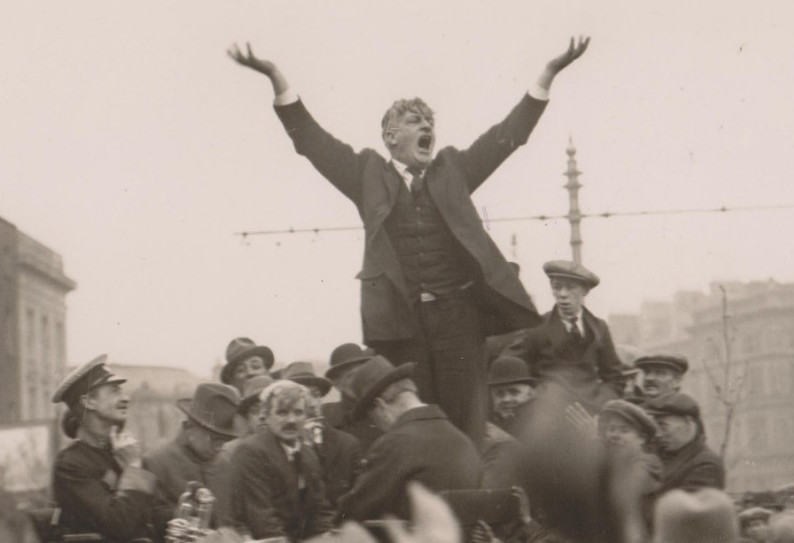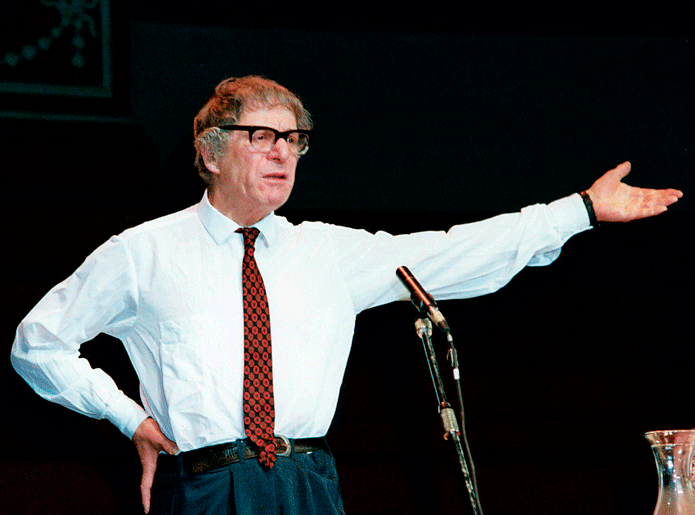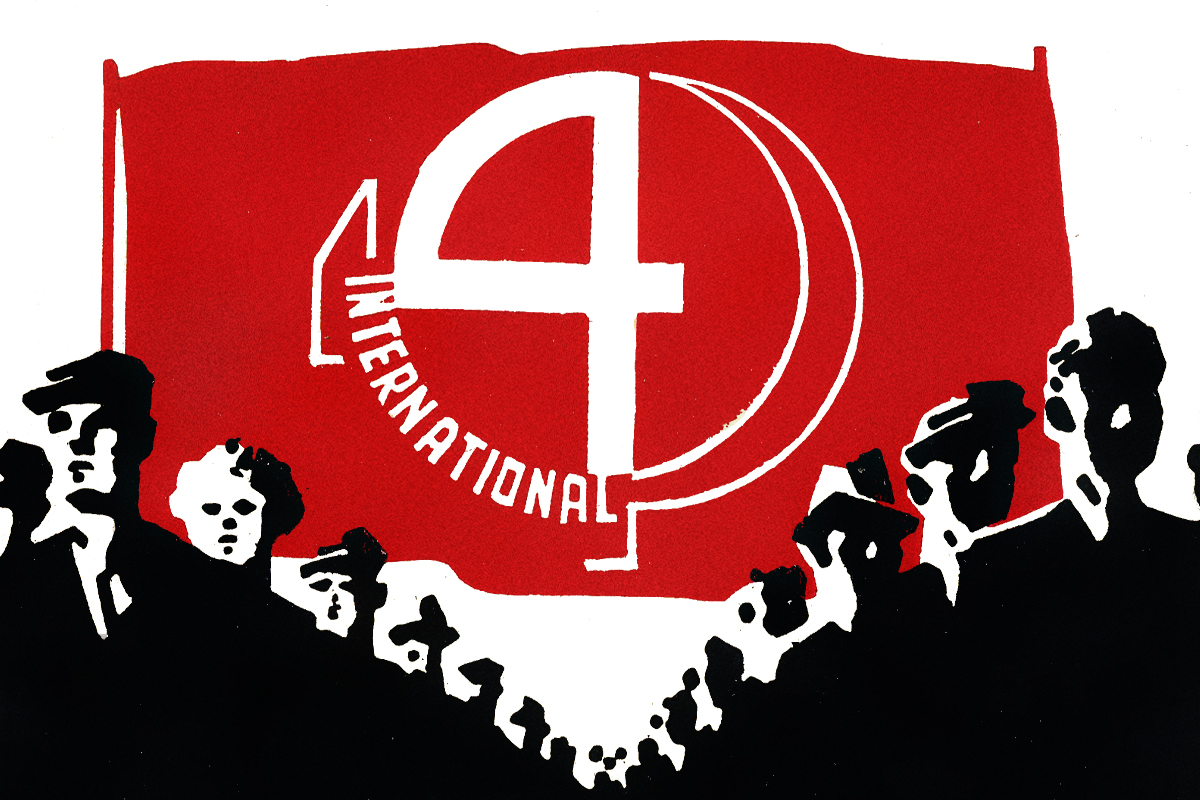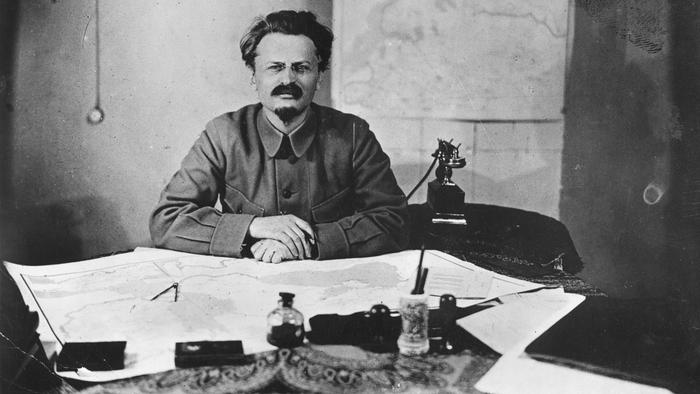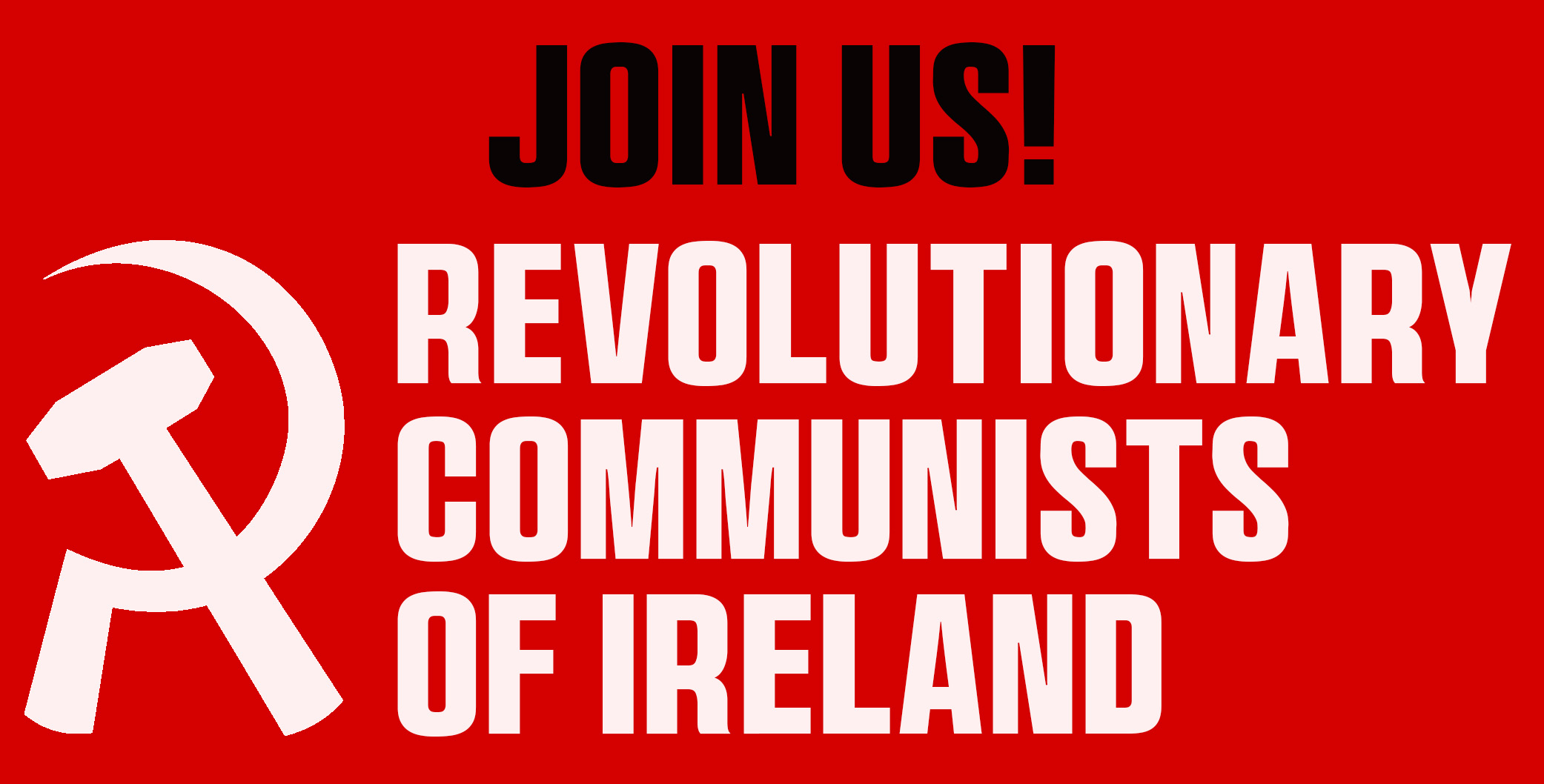The 26th of August 2023 marked the 110-year anniversary of the beginning of the Dublin Lockout. 20,000 members of the Irish Transport and General Workers Union (ITGWU) battled with the forces of British and Irish capitalism.
The workers were conscious that this was a life-or-death struggle for the very existence of their organisations. They made use of advanced tactics – such as the sympathetic strike – and the formation of a workers’ militia, the Irish Citizen Army. The dispute ended with a stalemate, in which workers returned to work in January 1914 – exhausted, but with its organisations intact. The reformists in the labour movement today will present revolutionary Marxism as an alien force. But the truth is that Ireland’s first trade union – the ITGWU – was built by open, committed Marxists: Jim Larkin and James Connolly.
The union was founded in 1909. For decades, the British imperialists had been whipping up sectarianism in order to divide the working class. Nevertheless, the ITGWU was able to unionise both Catholic and Protestant workers. Just as the workers recognised that their main enemy was the bosses, the Irish and English capitalists also found sudden solidarity in their burning desire to crush this dangerous new organisation before it could get any stronger.
The Dublin bosses organised coordinated action to break the union. Workers arrived in the morning to find the gates of their workplaces locked. They were told that they would not be working or receiving pay unless they agreed to renounce their membership of the ITGWU and their right to strike. Far from being cowed, under the leadership of Connolly and Larkin, the workers went on the offensive. All ITGWU members were called out on strike, and solidarity campaigns were set in motion amongst other organised workers. For seven months, the strikers carried out a heroic struggle against all the odds.
The state did everything they could to assist the employers. Perhaps the most egregious brutality was carried out on 31 August when the police carried out a baton charge against workers in order to break up a meeting at which Jim Larkin was speaking. Two workers were killed and 300 injured. “The police have positively gone wild,” wrote Lenin at the time. “Drunken policemen assault peaceful workers, break into houses, torment the aged, women and children… The city is like an armed camp.”
To defend the strike from the police, Connolly, Larkin, and co. founded the Irish Citizen Army (ICA) – a volunteer organisation made up of union workers. In practice, this was a workers’ militia based on the trade unions; Europe’s first Red Army. They drilled openly and practised in the streets. This showed just how far consciousness had developed in the course of the strike. The ICA would go on to play an instrumental role in the Easter Rising, as the most militant, proletarian element in the Republican movement at the time. However, despite this heroism, the Dublin workers were met with betrayal from all angles. The Irish national movement divided along class lines. While the best revolutionary Republicans like Countess Markievicz and Pádraig Pearse drew close to Connolly and the ITGWU, the Irish Parliamentary Party enthusiastically supported the bosses. Sinn Féin’s Arthur Griffith, meanwhile, poured scorn on striking workers, accusing them of undermining Irish industry in Great Britain’s favour. An even more reactionary role was played by the Catholic Church.
None of this came as a surprise to Connolly, who understood that the labour question was always primary. No amount of national or religious feeling would convince the bosses and clergymen to have compassion for the working class. Connolly understood, however, that if the strike was to succeed it would need international working-class solidarity – especially from Britain. But the narrow outlook of the British trade union leadership was miles apart from the revolutionary leadership of Connolly and Larkin.
The potential for a far greater solidarity movement was proved many times during the Lockout. British workers organised £150,000 in support of Dublin’s workers, for example. But this clear, class-based outlook found no expression amongst the reformist leadership. “Had working-class officialdom and working-class rank and file alike responded to the call of inspiration,” Connolly explained, “it would have raised us all upward and onward towards our common emancipation.”
What the experience of the Dublin Lockout forcefully proved was the need for revolutionary leadership in the labour movement. This is just as true today. It is therefore necessary for us to draw from the example of Connolly and Larkin, and redouble our efforts to build a revolutionary leadership in the labour movement.
